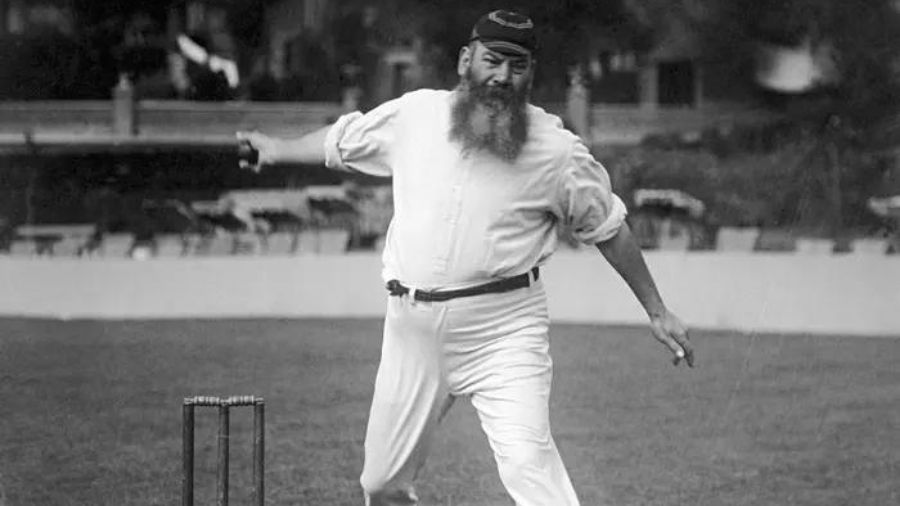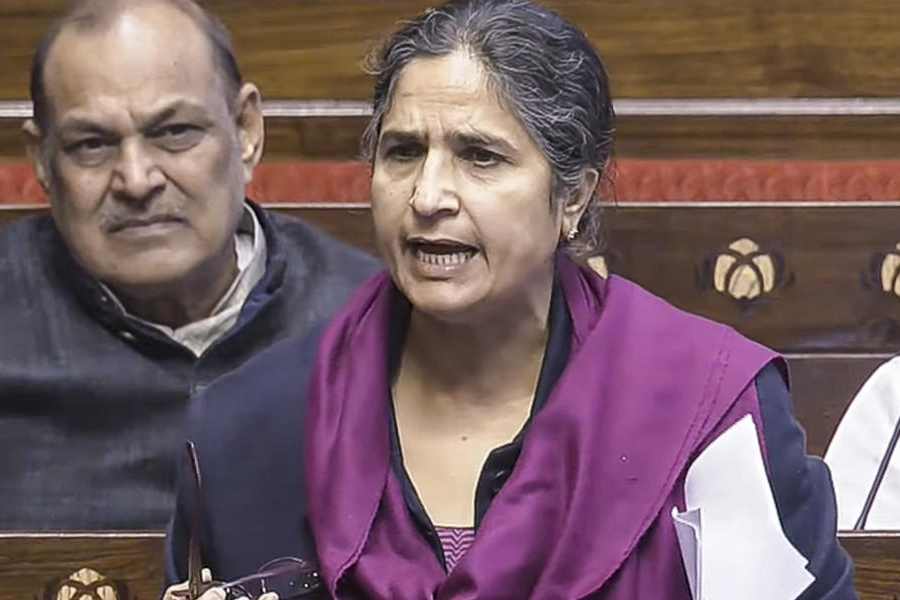Has the greatness of the bearded W.G. Grace been sheared by just a wee bit? Wisden Cricketers’ Almanack — its word is weighty in matters of the gentleman’s game — has wielded the proverbial scissor to set the record straight about Grace’s career. As many as 10 matches have been lopped off from the total played by cricket’s Grand Old Man on the grounds that they cannot be deemed as first-class engagements. One of these matches featured such an emasculated team — an MCC XI — that it had to register the services of a professional player for a side that was — astoundingly — fielding not 11 but 15 players. Has the sheen of Grace’s accomplishments been dimmed as a result of this excision? The answer cannot be in the affirmative. He still has 124 hundreds, a run-tally of 54,211, and 2,809 wickets to his name. These figures prove that he was worth his weight in gold.
But then WCA’s endeavour is blameless. Posterity must be free of creases. And, hence, Grace’s accomplishments needed to be tinkered with. There is, however, a more imaginative way of examining the matter in a day and age that remain dazzled by the magic of quantification. Do statistics — data — help turn man into myth? The cricketing nerd would, undoubtedly, nod his/her head in agreement. Legends are made of cold statistics, or so goes the argument: runs, wickets, catches et al, therefore, are enough to tell the cricketing story in whole. But this tale is bound to be rather somnolent. Statistics, although by no means unimportant, offer only a partial peek into a cricketer’s greatness.
What is as — if not more — important in turning man into myth is lore. And Grace’s colourful personality did a lot in building this corpus of lore. For he was a man who thought nothing of bullying umpires, violating the rules and the spirit of the game by claiming dubious catches or running his partners out unfairly: he even kidnapped a cricketer from a rival team. Yet, he was also a man who played in benefit matches to help county clubs taste profit and treated his patients — Grace was also a practising doctor — for free. These exploits, foul and fair, were integral to his larger-than-life persona even if there is reason to argue that they reveal Grace’s self-absorption. But then a giant ego — several of history’s luminaries have been blessed with or cursed by it — is, often, the hallmark of greatness. The tug-of-war between cold data and personality traits as a measure of mythical appeal has a lesson for both the historian and the amateur chronicler of the game. Cricket research and cricket-writing must find a way to liberate themselves from the tyranny of numbers and attempt to understand what cricketers are as flesh-and-blood creatures. The focus should, therefore, be on their inner and outer lives. A cricketer’s records on the field and his/her conduct off it are equally instrumental in creating myths that survive the ravages of time.











